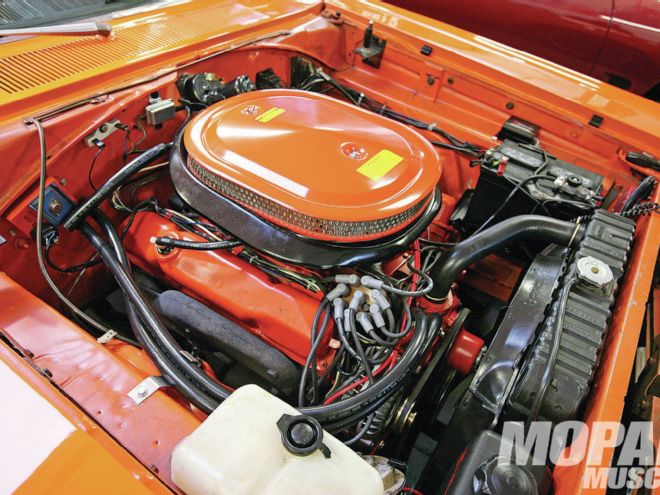
There are plenty of ways to boost an engine’s power, and most of them, like turbo-charging, supercharging, or Nitrous Oxide injection are well known to automotive enthusiasts. But what if we told you there was a way to boost the performance of your engine without using one of these methods, but rather a less expensive alternative? Or how about if we said there is a way to get race gas performance from pump gas? You’d likely think we are out of our minds if we told you that injecting water or a mixture of water and Methanol into an engine could give power gains of 10 to 20 percent. These power gains are not only achievable, but can be accomplished at a reasonable price thanks to the Boost Cooler systems offered by Snow Performance.
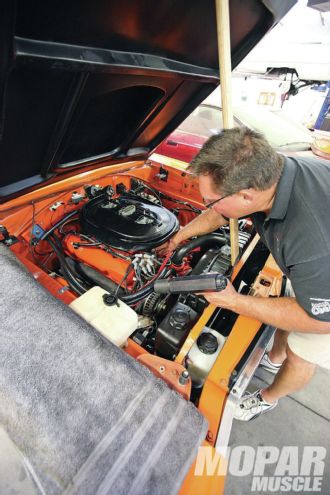
Water injection and water/Methanol injection are nothing new, in fact water injection dates back to World War II, when fighter aircraft and heavy bombers needed extra power to get off of short and often unimproved runways. Engineers in the day, discovered that by injecting water into the combustion chamber, cooler combustion temperatures resulted in improved engine performance, and allowed lower-Octane fuels, higher compression ratios, or more boost to be utilized. Even better, this method didn’t affect the durability of engine components, and actually resulted in cleaner combustion chamber components like piston tops and valves. Over the years, water injection was adapted to aircraft turbine engines, but wasn’t popularized for automotive applications until Snow Performance developed their trademarked Boost Cooler kits for various automotive applications.
01 Snow Performance offers several levels of Boost Cooler systems, from mechanical to those using sophisticated computer controllers to progressively inject a mixture of water and Methanol into the engine. ">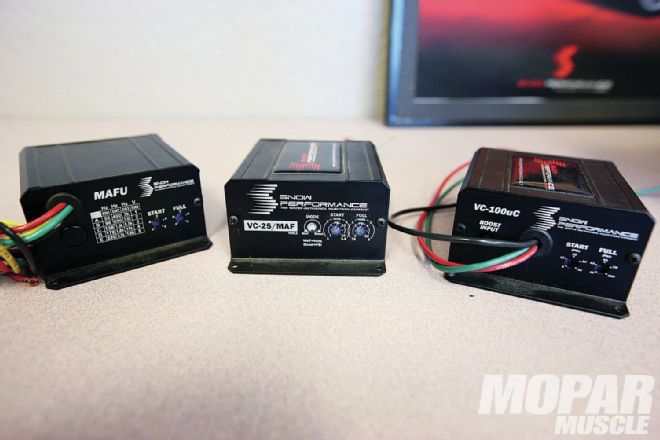 <strong>01</strong> Snow Performance offers several levels of Boost Cooler systems, from mechanical to those using sophisticated computer controllers to progressively inject a mixture of water and Methanol into the engine.
<strong>01</strong> Snow Performance offers several levels of Boost Cooler systems, from mechanical to those using sophisticated computer controllers to progressively inject a mixture of water and Methanol into the engine.
While the science behind Snow Performance’s Boost Cooler systems is nothing new, the technology and refinement of the Snow systems is impressive. The Snow Boost Cooler injects a fine mist of their “Boost Juice,” which is a proprietary mix of 49-percent Methanol and 51-percent purified water, into the engines induction system, where it travels into the combustion chamber. These very fine droplets of the water/Methanol mixture change state during combustion, resulting in increased power. In gasoline powered engines, the Boost Cooler results in a colder and denser intake charge, providing a power potential similar to 116-Octane racing gasoline—while using pump gas. This technology works well on both normally aspirated and boosted engines.
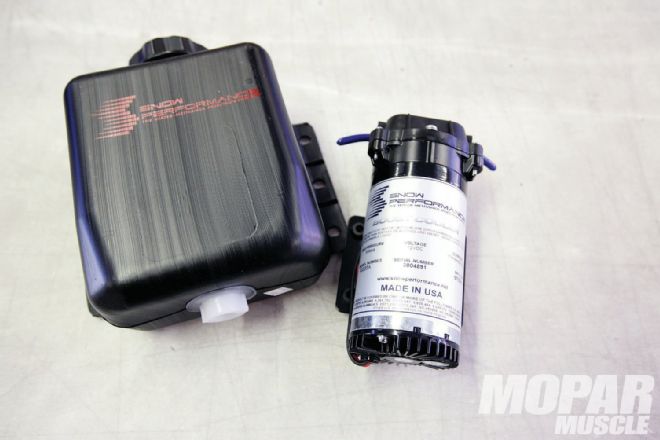 <strong>02</strong> Boost Cooler kits come with a three-quart reservoir and solenoid valve to prevent engine vacuum from siphoning the fluid from the reservoir when the system is not engaged. An electric pump provides 150-plus psi of pressure to ensure the fluid atomizes properly.
<strong>02</strong> Boost Cooler kits come with a three-quart reservoir and solenoid valve to prevent engine vacuum from siphoning the fluid from the reservoir when the system is not engaged. An electric pump provides 150-plus psi of pressure to ensure the fluid atomizes properly.
Boost Cooler systems are fairly simple, and kits are available in basic form (Stage-1), or with a digital variable controller allowing the system to be boost, vacuum, or rpm actuated. To demonstrate how the Boost Cooler works and show the results, we followed along as Snow Performance installed their part number 20020 system on a ’69 Plymouth Road Runner equipped with a 440 Six-Barrel engine. The Stage-2 Boost Cooler kit for muscle cars is designed for normally aspirated, carbureted applications, and includes a reservoir for the Boost Juice, a high-pressure pump for better atomization of the fluid, and a digital variable-controller, allowing the injection to be modulated based on vacuum and rpm. The injector(s), wiring, plumbing, and necessary hardware are also included with every Boost Cooler kit from Snow Performance.
Injecting the water/Methanol fluid into a carbureted engine, simply requires spraying the fluid mist into the airstream, upstream of the carburetor(s), or via an injection plate between the carb(s) and the intake. Since the Road Runner we’re testing is equipped with multiple two-barrel carbs, multiple nozzles are used for proper distribution of the water/Methanol mist. Once the mist enters the induction system through the carb(s), the mixture cools the induction charge, allowing more ignition timing advance without risking detonation. In addition to lowering the intake air charge temperatures, the mix reduces cylinder temperatures, and increases pump gas octane by 10-15 points, allowing the use of lower grade fuels.
Other benefits of water/Methanol injection includes longer, more stable combustion expansion and progression, reduction or elimination of detonation, and cleaner and cooler piston tops. The Snow Performance Boost Juice actually removes carbon deposits from combustion chambers, pistons, and valves, and the injection rate is attenuated by a progressive controller, so more of the mixture can be injected as needed by the engine. The start point for the injection and the full flow point are both adjustable, so the system can be properly matched to any engine. Typical kits include a three quart reservoir, 150-plus psi pump, and a solenoid valve to prevent siphoning.
Installing the Snow Performance Boost Cooler kit on the ’69 Road Runner shown here was accomplished easily using the detailed instructions included with the kit. Once installed, the instructions clearly state the process to prime the pump, test the pump and mechanical system, test the controller, and make any necessary adjustments. Adjusting the system to inject the water/Methanol mixture too early could result in combustion quench, which will actually cause a loss of power, and could damage the engine over time, so the instructions should be followed closely when tuning the system.
To maintain the Boost Cooler system, the nozzle screen filters simply need to be cleaned with carb cleaner once a year. Available options for the system are a fluid level switch for the reservoir, giving an LED indication of low fluid, and an optional solenoid upgrade. Snow Performance warranties their systems with several levels of warranty including a basic 90 day warranty, a one-year warranty if you fill out and return the warranty card, and a lifetime warranty if you meet the above requirement and exclusively use their Boost Juice product in the system. Of course the warranty applies only to the Boost Cooler parts and system, and does not cover any damage done to the vehicle or engine, but this is typical of most aftermarket warranties.
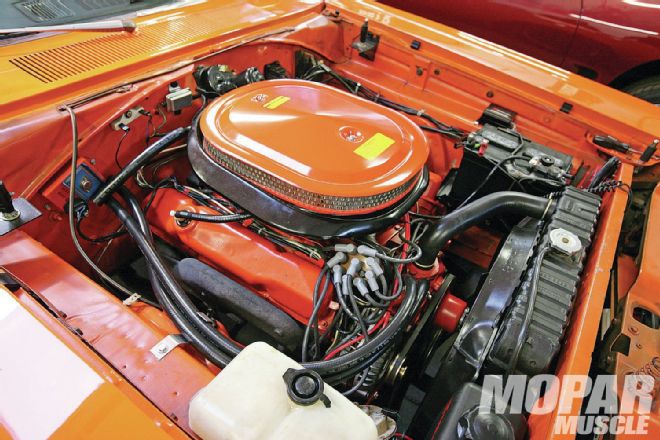 06 With the Boost Cooler system installed and adjusted, ignition timing can be advanced to achieve higher torque and horsepower. Lower Octane fuel grades can also be utilized for additional cost savings. ">
06 With the Boost Cooler system installed and adjusted, ignition timing can be advanced to achieve higher torque and horsepower. Lower Octane fuel grades can also be utilized for additional cost savings. ">
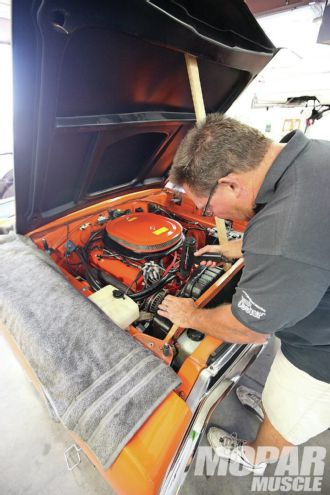 <strong>06</strong> With the Boost Cooler system installed and adjusted, ignition timing can be advanced to achieve higher torque and horsepower. Lower Octane fuel grades can also be utilized for additional cost savings.
07 The arming switch for the system should be mounted within reach of the driver, and is easily hidden if so desired. We hid ours within easy reach, in the steering column lower cover plate.">
<strong>06</strong> With the Boost Cooler system installed and adjusted, ignition timing can be advanced to achieve higher torque and horsepower. Lower Octane fuel grades can also be utilized for additional cost savings.
07 The arming switch for the system should be mounted within reach of the driver, and is easily hidden if so desired. We hid ours within easy reach, in the steering column lower cover plate.">
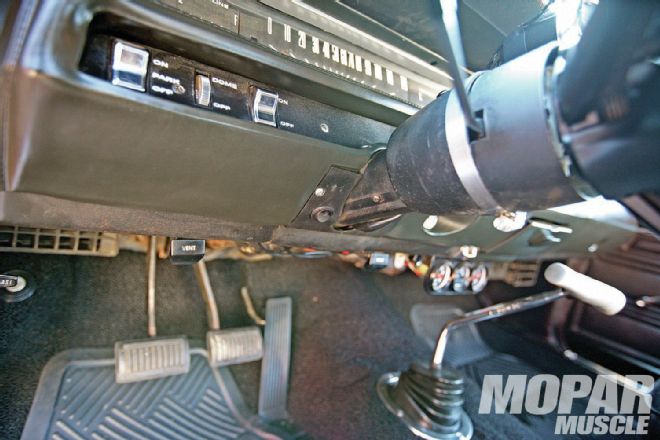 <strong>07</strong> The arming switch for the system should be mounted within reach of the driver, and is easily hidden if so desired. We hid ours within easy reach, in the steering column lower cover plate.
08 The real test of the Snow Performance Boost Cooler system was on the dyno, where this Road Runner made significant improvements in both power and torque. ">
<strong>07</strong> The arming switch for the system should be mounted within reach of the driver, and is easily hidden if so desired. We hid ours within easy reach, in the steering column lower cover plate.
08 The real test of the Snow Performance Boost Cooler system was on the dyno, where this Road Runner made significant improvements in both power and torque. ">
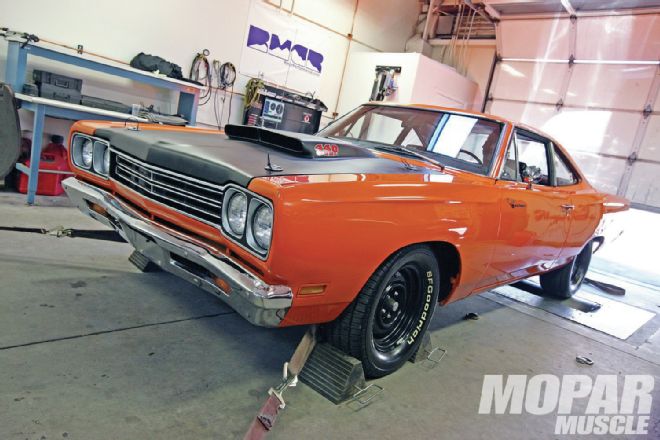 <strong>08</strong> The real test of the Snow Performance Boost Cooler system was on the dyno, where this Road Runner made significant improvements in both power and torque.
09 As you can see, peak horsepower improved by 16.37 horsepower using the water/Methanol injection. Torque was also up at peak, but even greater improvements were seen at areas below peak. We’d say the Boost Cooler is an easy, inexpensive way to increase the power in your Mopar.">
<strong>08</strong> The real test of the Snow Performance Boost Cooler system was on the dyno, where this Road Runner made significant improvements in both power and torque.
09 As you can see, peak horsepower improved by 16.37 horsepower using the water/Methanol injection. Torque was also up at peak, but even greater improvements were seen at areas below peak. We’d say the Boost Cooler is an easy, inexpensive way to increase the power in your Mopar.">
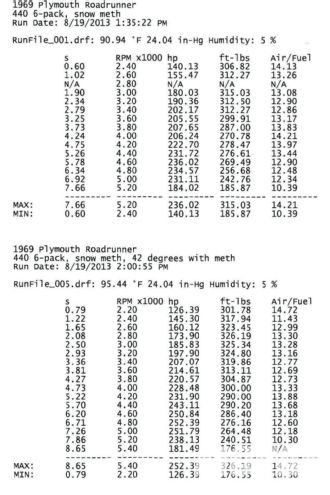 <strong>09</strong> As you can see, peak horsepower improved by 16.37 horsepower using the water/Methanol injection. Torque was also up at peak, but even greater improvements were seen at areas below peak. We’d say the Boost Cooler is an easy, inexpensive way to increase the power in your Mopar.
<strong>09</strong> As you can see, peak horsepower improved by 16.37 horsepower using the water/Methanol injection. Torque was also up at peak, but even greater improvements were seen at areas below peak. We’d say the Boost Cooler is an easy, inexpensive way to increase the power in your Mopar.
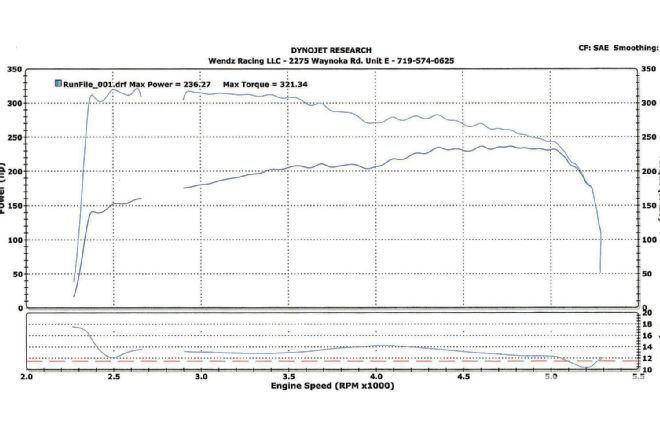
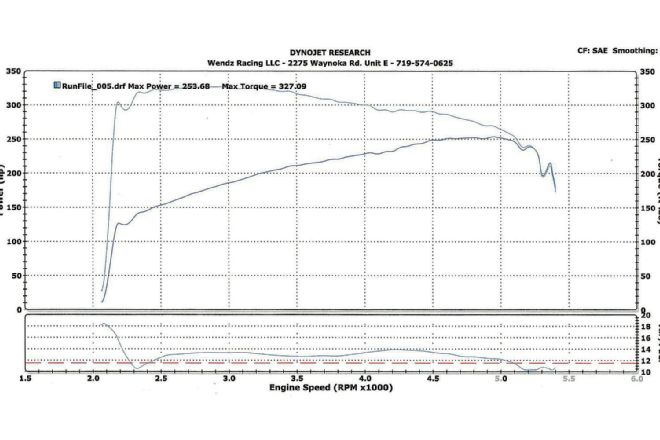
On the Road Runner we tested with the Stage 1 Boost Cooler, we saw substantial increases in both horsepower and torque while the system was engaged. Peak horsepower at the car’s rear wheels increased from 236, to more than 252, and peak torque was up by over 11 lb-ft. At some points on the curve, torque was up more than 30 lb-ft, and power was up substantially at rpm levels below peak horsepower as well. For the money and time spent on this installation, we were impressed with the performance gains. Even better, water/Methanol mixture is relatively inexpensive and easy to replace, unlike Nitrous Oxide, which can be expensive, and requires special equipment to refill the high-pressure bottles. We encourage you to try a Boost Cooler kit on your classic or modern Mopar, and experience the power when you “Let it Snow.”
PRICE TAG Snow Performance PN 20020 Water/Methanol Injection Kit $599.95 Snow Performance Boost Juice, four one-gallon bottles $33.95